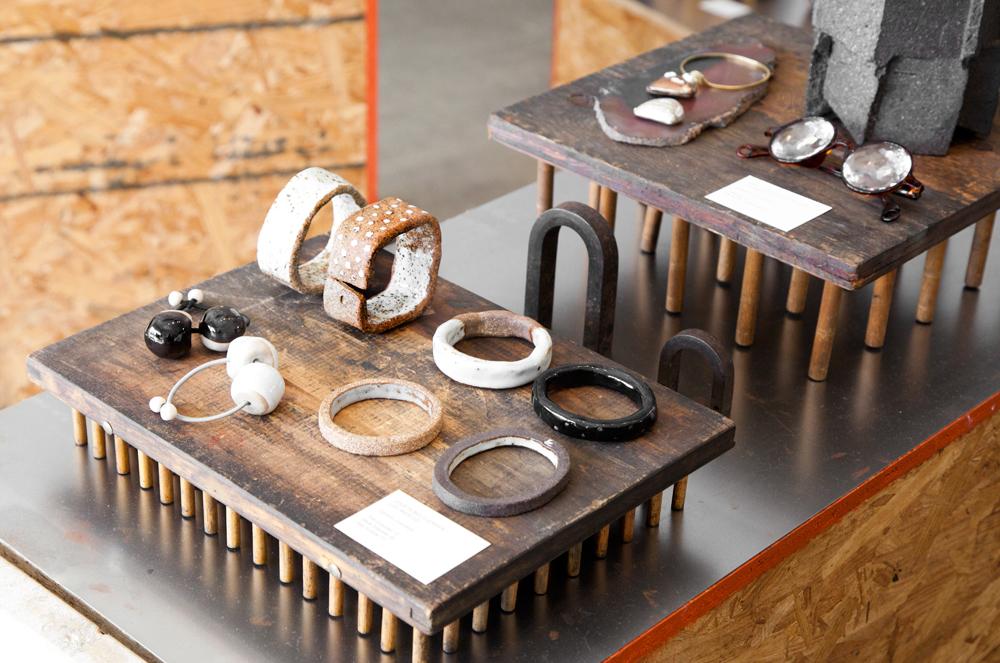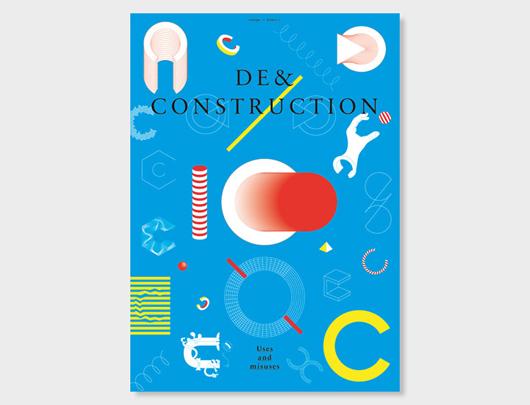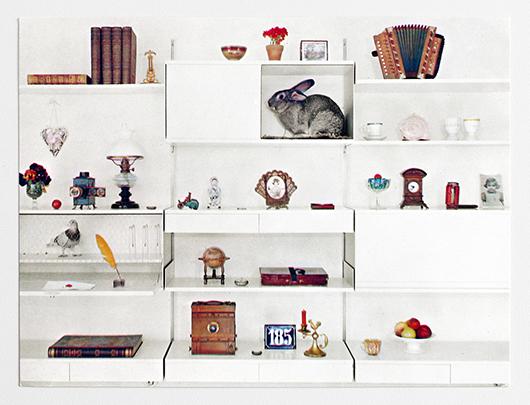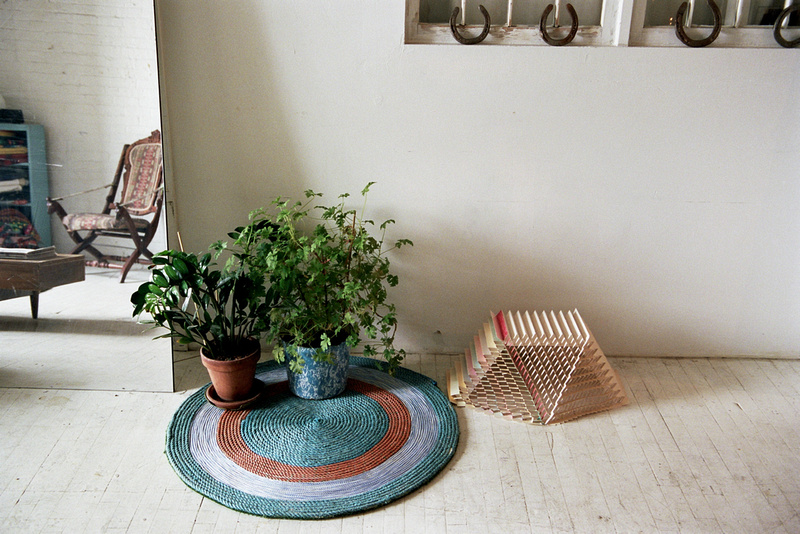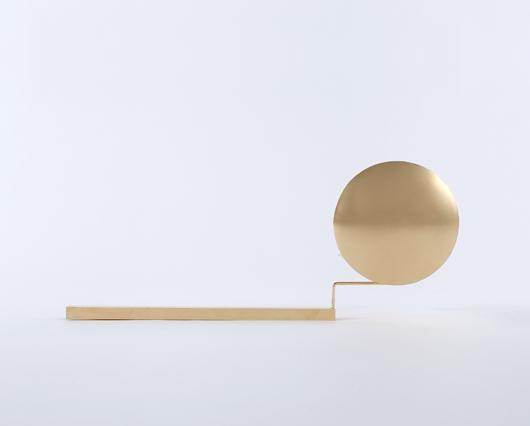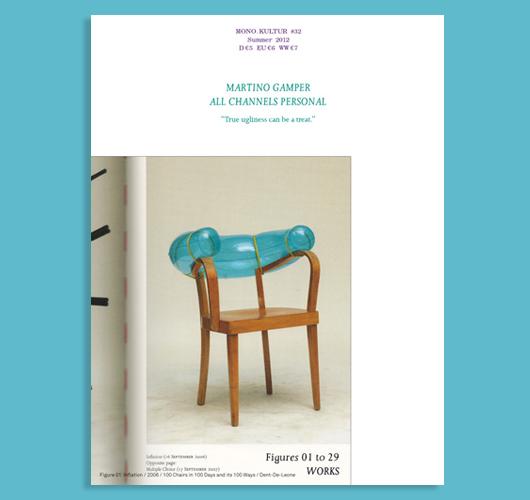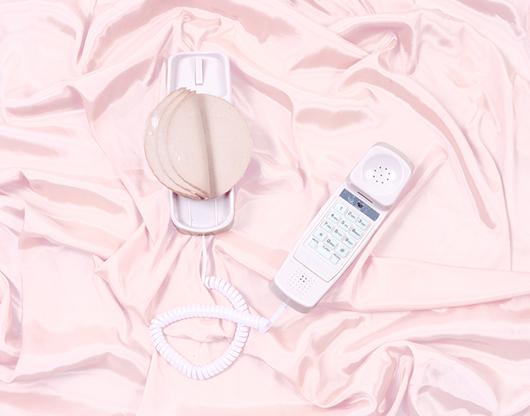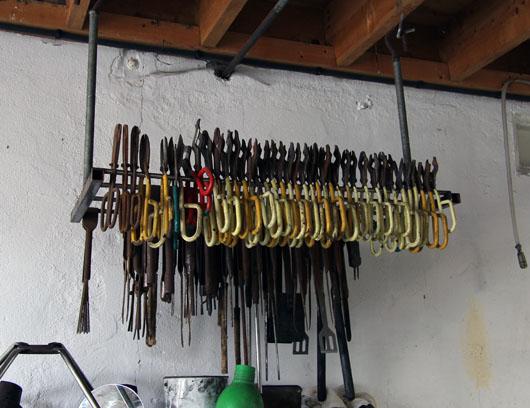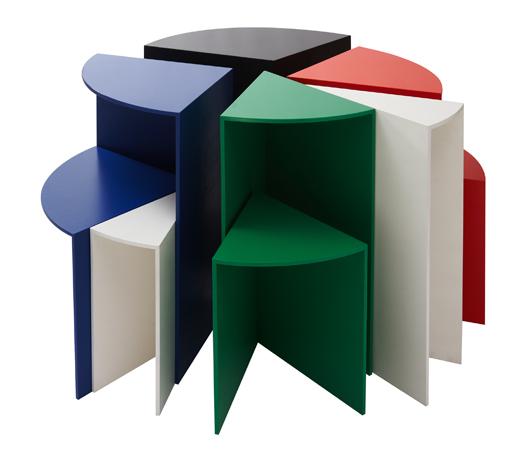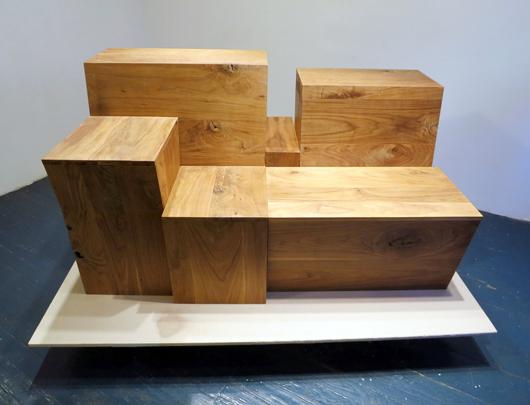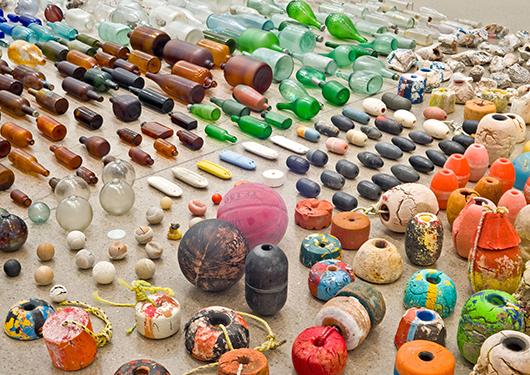
11.07.12
Sighted
Gabriel Orozco’s Asterisms at the Guggenheim
It may look like a staging area for the production of Stuart Haygarth chandeliers or Massimiliano Adami cabinets, or possibly an excerpt from the website Things Organized Neatly. But the comely technicolor garbage pile pictured above is actually a piece by the Mexican art-star Gabriel Orozco, who's known for his use of humble materials and found objects, and it's moving into New York's Guggenheim museum as of this Friday. Asterisms is a process-oriented installation — our favorite kind! — featuring thousands of objects Orozco collected from two separate sites: a sports field near his New York home and a wildlife reserve on the coast of Baja California Sur, the latter of which happens to enjoy a constant flow of industrial backwash from across the Pacific that every so often yields bits of aesthetically pleasing detritus.
